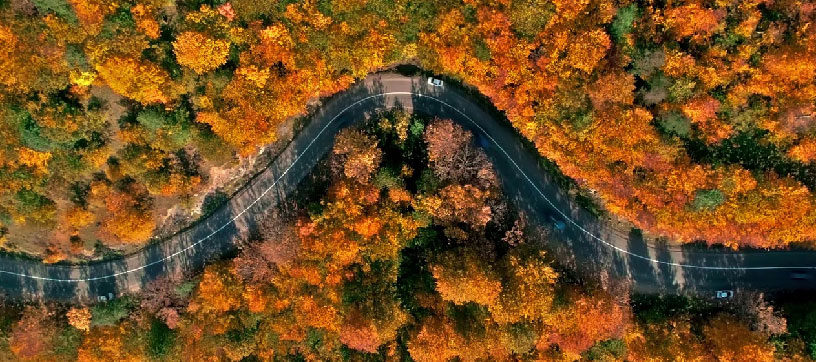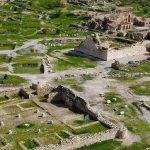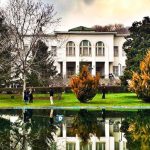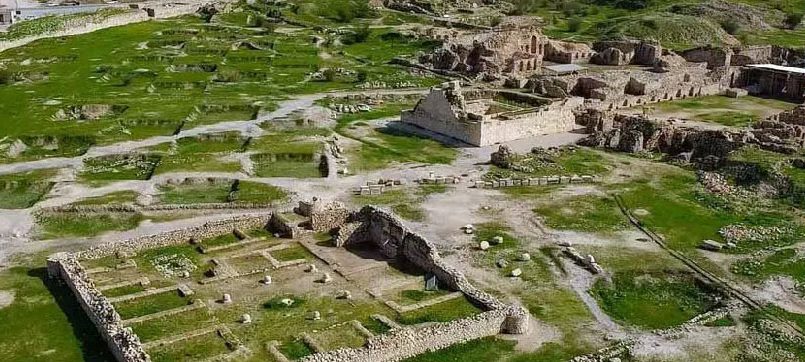Hyrcanian Forests
In Persian, called /jan-gal-haye shomal/
Watching movies is the only way we can see dinosaurs. But we are going for a few hours’ drive to the forests that are as old as the dinosaurs.
Hyrcanian forests,
the remnants of an Ice Age
The forests of northern Iran are the oldest dense forests in the world, known as the Hyrcanian. Hyrcania was the old name of Gorgan in the Mazani dialect, which was also known as Varkana. Hyrcanian Forests stretch 850 km along the Caspian Sea’s bottom like a green ribbon and cover northern provinces like Mazandaran, Gillan, Gorgan, and Golestan. As the remnants of an Ice Age, the history of these green forests dates back 25 to 50 million years. The favourable climate of Hyrcanian Forests helps to survive these living fossil forests for millions of years and be home to many living creatures, including unique plants, trees, birds, and animals.

Over 3200 vascular plants have been documented in the Hyrcanian area with its immense floristic biodiversity. These broad-leaved forests cover many forest 180 species of birds and 58 species of mammals, including European Turtle Dove, Steppe Eagle, Caspian Tit, European Roller, Eastern Imperial Eagle, Semicollared Flycatcher, the iconic Persian Leopard, and threatened Wild Goat.

The most famous Hyrcanian forests and biosphere reserves of Iran are Arasbaran Forest, Alimestan Forest, Shahroud cloud forest (Jangale-e Abr), Bola Forest above the clouds, Afratakhteh Forest, Vaz Forest, Kojoor Forest, Lisar Forest, Chaharbagh Forest, Golestan National Park, and Arasbaran National Park. Have you ever travelled through a forest? How about a trip to the forest remains from the third period of geological time?






